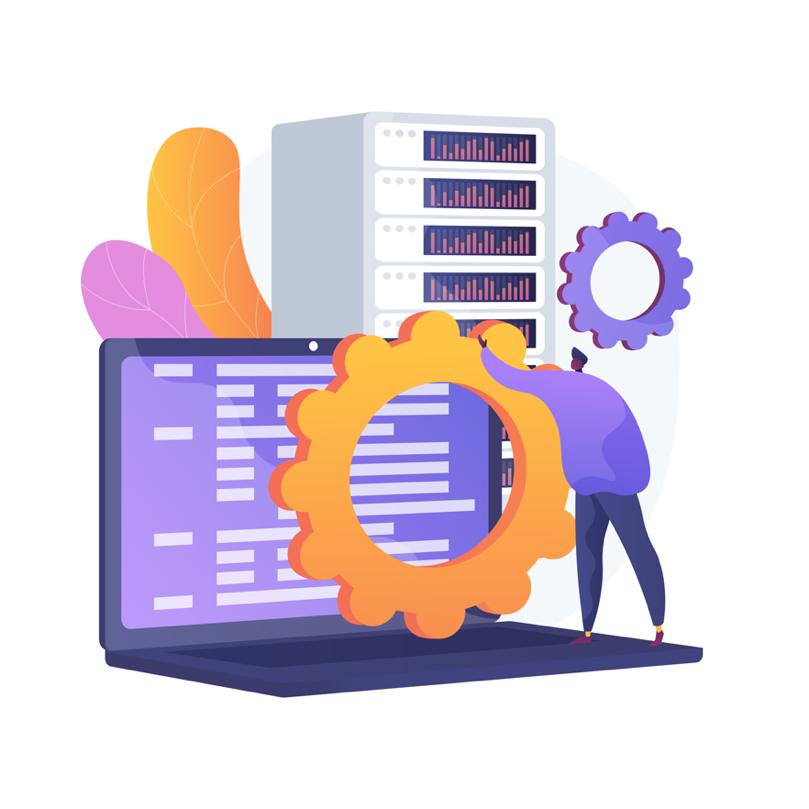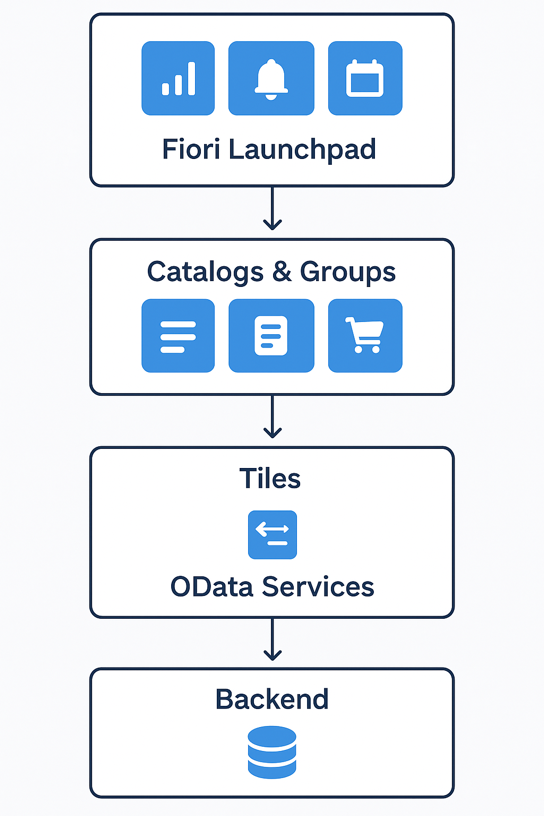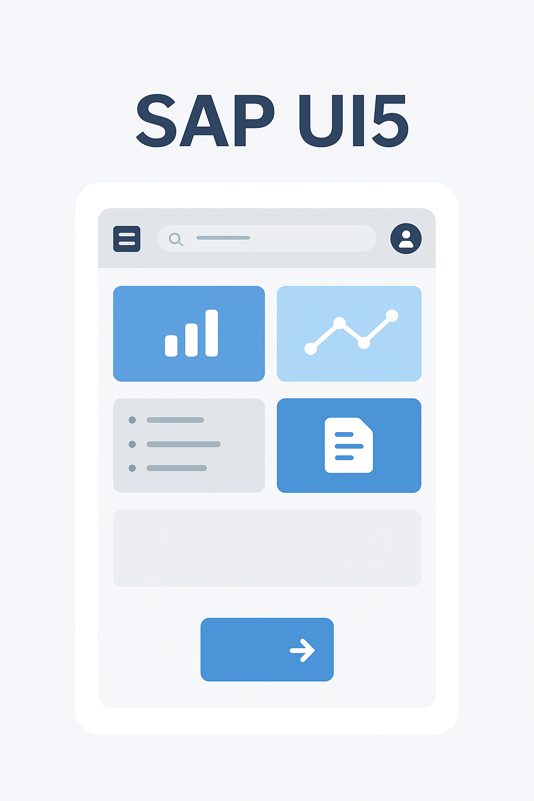

SAP FIORI is more than just a sleek, modern interface , it’s next-generation user experience that transforms how employees interact with SAP systems. With a clean, intuitive, and role-based design, FIORI simplifies complex transactions and delivers a consistent experience across desktops, tablets, and mobile devices. 
But behind the simplicity lies a smart architecture that ensures flexibility, scalability, and security. Understanding this architecture helps businesses plan rollouts, streamline maintenance, and provide employees with exactly what they need no more, no less.
It powers the user layer of a modern SAP landscape, one that is agile, upgrade-friendly, and future-proof. Whether deployed embedded in S/4HANA, centrally across multiple systems, or in the cloud using BTP, FIORI serves as the flexible, scalable UX foundation for the intelligent enterprise.
In this article, we’ll break down:
By the end, you’ll have a clear picture of what powers SAP FIORI and why mastering its architecture is critical for building sustainable, user-friendly SAP solutions.
The System Landscape: How FIORI Connects the Dots
At its core, SAP FIORI runs on a multi-layered architecture designed for flexibility, scalability, and performance. The primary components include:
1. SAPUI5 Applications: The Apps You See
At the heart of FIORI apps is SAPUI5, SAP’s powerful JavaScript framework. Think of it as the engine that makes apps fast, responsive, and visually consistent.
Key Points:

Benefits:
This is where the FIORI Launchpad (FLP) lives. It serves the SAPUI5 applications and handles user authentication, theming, and navigation.
2. OData Services: The Data Bridge
FIORI apps don’t talk directly to the SAP database. Instead, they use OData services to communicate with the database.
How it works:
Why it matters:
3. Roles & Security: Access with Confidence
FIORI’s role-based approach ensures employees see only what they’re authorized to.
Example: A “Leave Request” app is visible to all employees, but only HR staff can approve requests.
Benefits:
4. Standard App Activation: Quick Start
SAP delivers hundreds of standard FIORI apps out of the box. They require activation before use:
Benefits:
5. Custom Apps – When Standard Isn’t Enough
Sometimes, a business needs go beyond standard apps. Custom FIORI apps follow the same architecture: UI5 + OData + backend logic.
Benefits:

6. FIORI Launchpad – The Entry Point
The Launchpad is the homepage for all SAP tasks. It organizes apps, notifications, and personalization for a seamless experience.
Key Components:
Benefits:
Deployment Options: Central Hub vs Embedded vs Cloud
SAP offers multiple deployment strategies depending on your system landscape and strategic goals:
1. Embedded Deployment
In this setup, the frontend (FIORI apps) and backend (SAP S/4HANA) are installed on the same system.
✅ Pros |
⚠️ Considerations |
|---|---|
|
|
2. Central Hub Deployment
The frontend and Gateway components are installed on a separate server, which communicates with one or more backend systems.
✅ Pros |
⚠️ Considerations |
|---|---|
|
|
3. SAP FIORI in the Cloud (SAP BTP)
SAP FIORI apps are deployed in the cloud using SAP Business Technology Platform (BTP) with connectivity to on-premise systems via Cloud Connector.
✅ Pros |
⚠️ Considerations |
|---|---|
|
|
Benefits of having multiple deployment options,
Bonus: Clean Core and Side-by-Side Extensions
Modern SAP architecture encourages side-by-side extensions using FIORI apps on SAP BTP rather than modifying the core S/4HANA system. This supports the clean core strategy, allowing businesses to innovate rapidly without compromising upgrade paths.
Benefits of this model:
Final Thoughts
A simple way to see how FIORI works for a customer:
At its core, SAP FIORI architecture delivers a modern and intuitive user experience by combining FIORI apps, the Launchpad, and OData services with the power of backend systems like SAP S/4HANA. What makes this even more powerful today is SAP Business Technology Platform (BTP). With BTP, customers can extend standard FIORI apps, build custom applications, integrate with non-SAP systems, and manage authorizations in a secure, scalable way. Together, FIORI and BTP ensure that your SAP landscape is not only user-friendly but also flexible, future-ready, and aligned with your business needs, whether deployed on-premise, in the cloud, or in a hybrid setup.